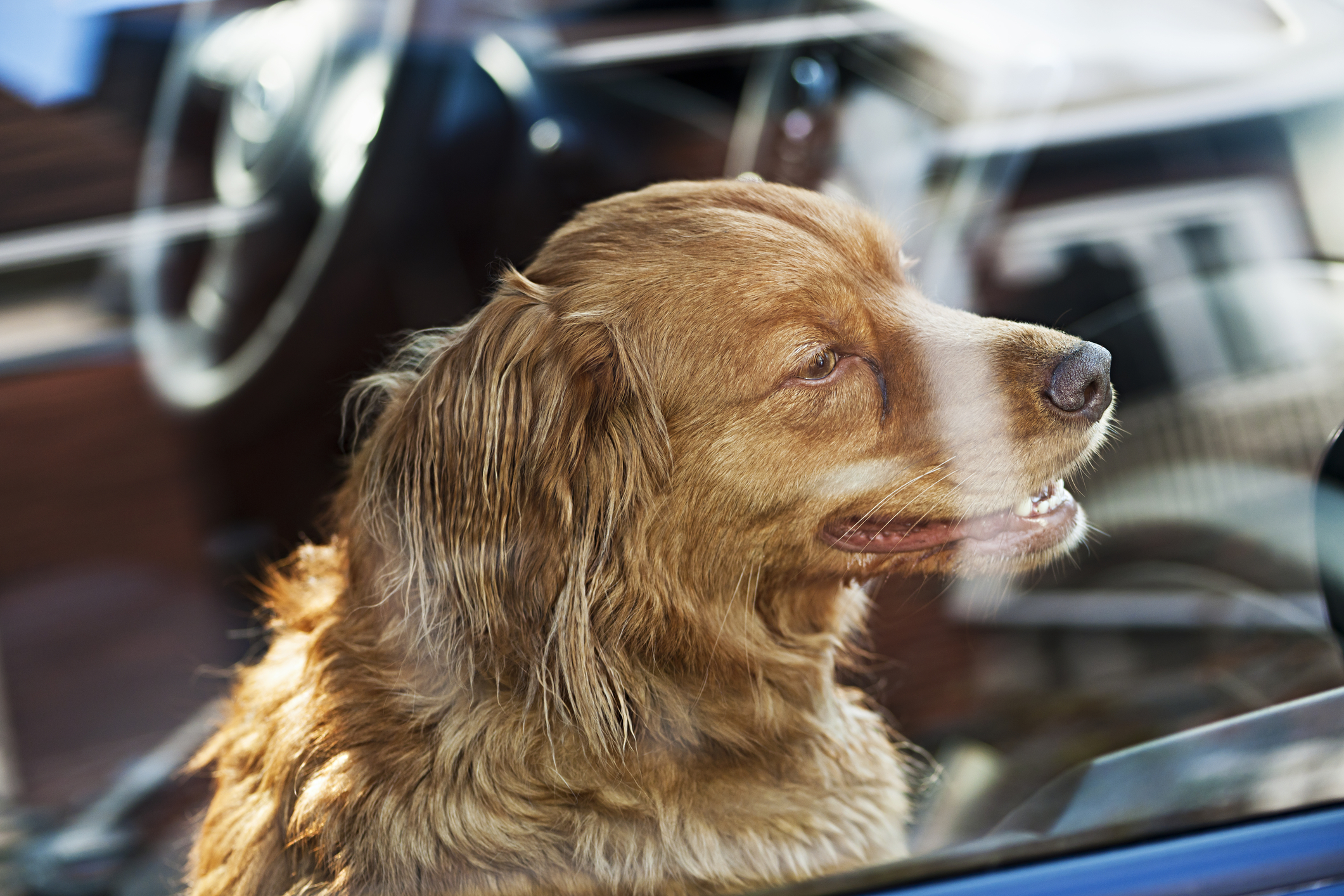A Cautionary Tale: Protecting Pets from Heat Stroke

Nitro patrolled the sketchiest parts of a desperate city. The 3-year-old Dutch Shepherd corralled armed felons and once shook off hammer strikes like bathwater.
Even he couldn’t survive 15 minutes in a parked car on a hot day.
The canine deputy for the Stockton Police Department and succumbed late June to heat inside a patrol vehicle. His cautionary tale underscores the devestating affects heat inflicts on animals in confined spaces.
Nitro’s handler went to the aid of another officer and left the canine in the locked patrol car, air conditioner running. The cooling system soon failed and the canine was overcome with heat exhaustion. The canine's death struck another blow against the beleaguered city's morale.
"Nitro is considered part of our family, and once we lose a family member, it hurts the entire police force," said Joe Silva, spokesperson for Stockton Police. "It hurts the entire city and it’s devastating."
No one knows exactly how many animals each year suffer such a fate. Reliable statistics for the subject simply don’t exist. Yet empirical evidence proves heat inside a parked vehicle increases rapidly the longer it sits in the sun. An animal left inside doesn’t stand much of a chance.
“A short time in a hot car really changes the physiology and causes a lot of complications,” Dr. John Kim, a Stockton veterinarian said to media outlets after Nitro’s death.
The ASPCA and the Humane Society offer the following tips for keeping your pets safe and cool this summer:
- Keep them hydrated. Bring a spill-proof water bottle to replenish a bowl for them periodically.
- Don’t subject them to conditions you wouldn’t give yourself. Drive with the air-conditioner on and never leave them behind in the vehicle–even during a short errand.
- It’s not just the heat, it’s the humidity. Your dog’s fur is like a sweatshirt they can’t take off. Consider leaving them home on hot days.
- Know the signs of heat exhaustion and heat stroke. Look for heavy panting, glazed eyes, a rapid heartbeat, difficulty breathing, excessive thirst, lethargy, dizziness, vomiting, a deep red or purple tongue, seizure, and unconsciousness.
- Monitor their breathing. Dogs with shorter snouts (bulldogs, boxers, pugs) may struggle to breathe in severe heat.